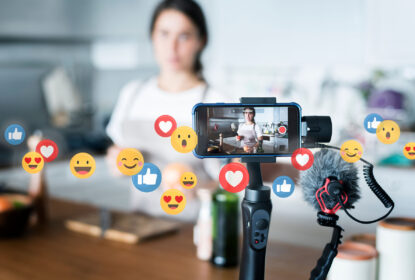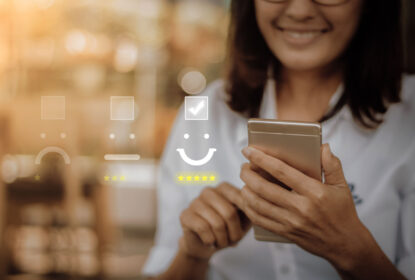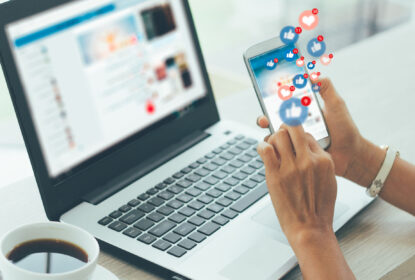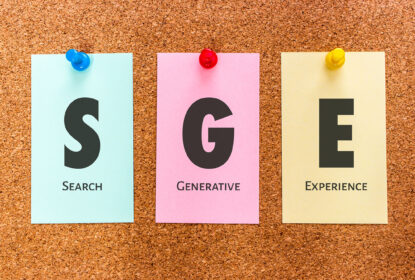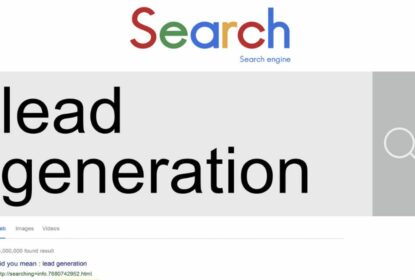Colors are all around us, everywhere we look, invoking emotions and feelings in us. The human brain recognizes colors as a trait about a product and what brand it represents. Understanding how colors affect consumers’ perception of your brand and their buying habits will help you determine which colors you need to use for your industry.
As humans, we associate colors with feelings, emotions, and places. The research behind color theories can guide you in the right direction when choosing what colors need to be used to establish the correct relationship between you and your consumer.
Psychologically, particular colors on the color wheel are linked to consumer habits like impulse buying and enticing bargain hunters. Colors close the gap between ideas and emotion. With that said, the effects color has on consumers can make them more or less likely to convert to a site or landing page. Colors are more important than words, with 85% of consumers saying color is the primary reason they buy particular products.
Standard Colors
Red
When you stop and think about what color most fast-food restaurants are, the color red comes to mind. Not only does red boost your metabolism, but it also increases your blood pressure. Red has been a successful color for buttons on websites (particularly call-to-actions), leading many marketers to believe it increases online conversions. Using red can draw the attention of a consumer because it is also associated with:
- Fire
- Warmth
- Love
- High energy
- Confidence
- Urgency
Green
The color green is easily processed and has been used more commonly in the last ten years as a wave of healthy eating and eco-friendly brands pop up. Many brands creating environmentally safe products or even safe practices have drawn towards green as their color to invoke thoughts and feelings of nature in people’s minds. It is the perfect color for forming base marketing for companies dealing with financial or eco matters. Green embodies these things as well:
- Wealth
- Success
- Health
- Growth
- Freshness
- Inviting
- Friendly
- Nature
Blue
The color blue strengthens the level of trust a consumer has with a brand. Blue is one of the most used colors in any industry. Often, blue brings to mind professionalism and power. However, blue is hardly used ever in the restaurant’s logos, as it curbs your appetite. Most social media brands use the color blue (such as Facebook, Twitter, and LinkedIn, to name a few) because the color is known for increasing productivity. Other traits associated with blue are:
- Calmness
- Serenity
- Trust
- Logic
- Professionalism
Yellow
When it comes to the color yellow, it is the most noticeable among human eyes due to its brightness on the visible spectrum. Yellow is useful when grabbing consumer’s attention in the right settings. With yellow, the shade and amount you use matters. Walmart is a perfect example of using yellow in the correct amount as an accent color in its logo and website. Yellow invokes many traits, such as:
- Excitement
- Fun
- Youthfulness
- Creativity
- Brightness
- Impulsive
Pink
Pink can mean many different things, depending on what cultures and content it most appears. In advertising and marketing situations, pink comes off as a sign of feminism, youth, and vulnerability. When targeting women of any age, marketers tend to use pink to attract them. In present-day marketing, brands are starting to branch out by introducing vibrant pink shades in logos like the brand Lyft. Here are other sentiments associated with pink:
- Shallowness
- Feminism
- Tenderness
- Romance
- Gentle
Purple
As purple is a combination of red and blue, it can be very versatile in the marketing world. Companies often choose purple to convey that they are a luxury brand (such as women’s organizations like beauty brands). Deep purple tones are known to give off mysterious or royal vibes. Depending on your target audience, you may need to shift the red and blue levels in your purple. Check out what else purple can mean:
- Curiosity
- Mystery
- Quality
- Royalty
Neutral tones
Black, White, Gray, and Brown
Neutral tones such as white, black, brown, and gray have appeared in advertising since the beginning. Often neutral colors are included in broader logos, used in combinations, and in different shades to create a sleek and timeless design. Many companies that want their clients to see them as trustworthy, serious, and reliable (such as law firms) use black and white. Brands use monochromatic designs to stand out among the colorful brands of their competition. These colors come off as:
- Neutral
- Balanced
- Expensive
- Clean
Conclusion
You have the power to pick colors that will affect your target audience’s emotions and trigger associations with your brand. Carefully choose when determining what colors will work for your company’s needs. ARYU Advertising knows how vital of a role color plays in advertising and design. Its use may give you the upper hand in situations in the future. No matter the industry you operate in, colors play a large role in attracting potential audiences to your brand. In recent news, Benjamin Moore recently announced Aegean Teal as the 2021 color of the year. What do you think about it? Will you be using Aegean Teal in 2021? Let ARYU know!


